Pinpointing problems in HVAC systems is often a challenge, especially when the signs are hidden behind walls or buried deep within ductwork. Tools like pressure gauges and flow sensors can indicate irregular performance, but they rarely identify where the issue actually begins. In these situations, an HVAC thermal imaging camera proves invaluable. It measures slight temperature variations across HVAC components and surfaces, allowing technicians to accurately identify blocked ducts, missing insulation, or failing parts without dismantling the system. Whether used for routine maintenance or complex fault diagnosis, thermal imaging provides a clear and immediate view of operational anomalies that are not visible through conventional methods.
Visualizing Hidden HVAC Issues Before They Worsen
Many HVAC system issues begin in areas that are difficult to access, such as inside ductwork, behind walls, or near poorly insulated connections. Disconnected ducts, refrigerant line restrictions, or insulation breakdowns often remain unnoticed until the system starts running inefficiently or energy costs increase. An HVAC thermal imaging camera provides a non-invasive way to detect temperature irregularities that indicate these types of hidden problems. Compact models like the Thermal Master P2 are particularly effective in tight or enclosed spaces, thanks to their portable design and ease of use. With a single scan, technicians can locate heat imbalances around vents, inside ducts, or beneath surfaces, allowing them to respond quickly before minor inefficiencies become costly failures.

Verifying Repairs and Reducing Repeat Visits
Thermal imaging isn’t just valuable during fault detection—it’s also an effective way to confirm that a repair has been successful. After sealing a duct or replacing a worn component, technicians can use an HVAC thermal imaging camera to ensure that heat distribution has returned to normal. This verification step helps avoid follow-up service calls and reinforces client confidence in the quality of work. With compact tools like the Thermal Master P2, this check takes only moments and fits easily into the standard repair process without slowing the job down.

How the Thermal Master P2 Supports HVAC Work
The Thermal Master P2 is widely used by HVAC professionals for its clear imaging and straightforward field performance. Unlike bulkier models that rely on external power or complex software, it connects directly to a smartphone and requires no additional setup. It weighs just 10 grams, yet still delivers high-resolution results with up to 15× zoom and sensitivity accurate enough to detect faults on components as small as a PCB chip. Whether working in a cramped attic or inspecting a rooftop unit, technicians can rely on the P2 for quick, precise thermal scans that don’t interfere with the workflow.

Conclusion
Whether it’s locating a hidden air leak or verifying the results of a recent repair, the HVAC thermal imaging camera has become a dependable tool for improving diagnostic speed and service accuracy. It supports better on-site decision-making and reduces the time spent tracing problems. As devices like the Thermal Master P2 continue to evolve with sharper images and more compact designs, thermal imaging is being adopted as a standard part of the HVAC toolkit—reliable, efficient, and ready for real-world demands.


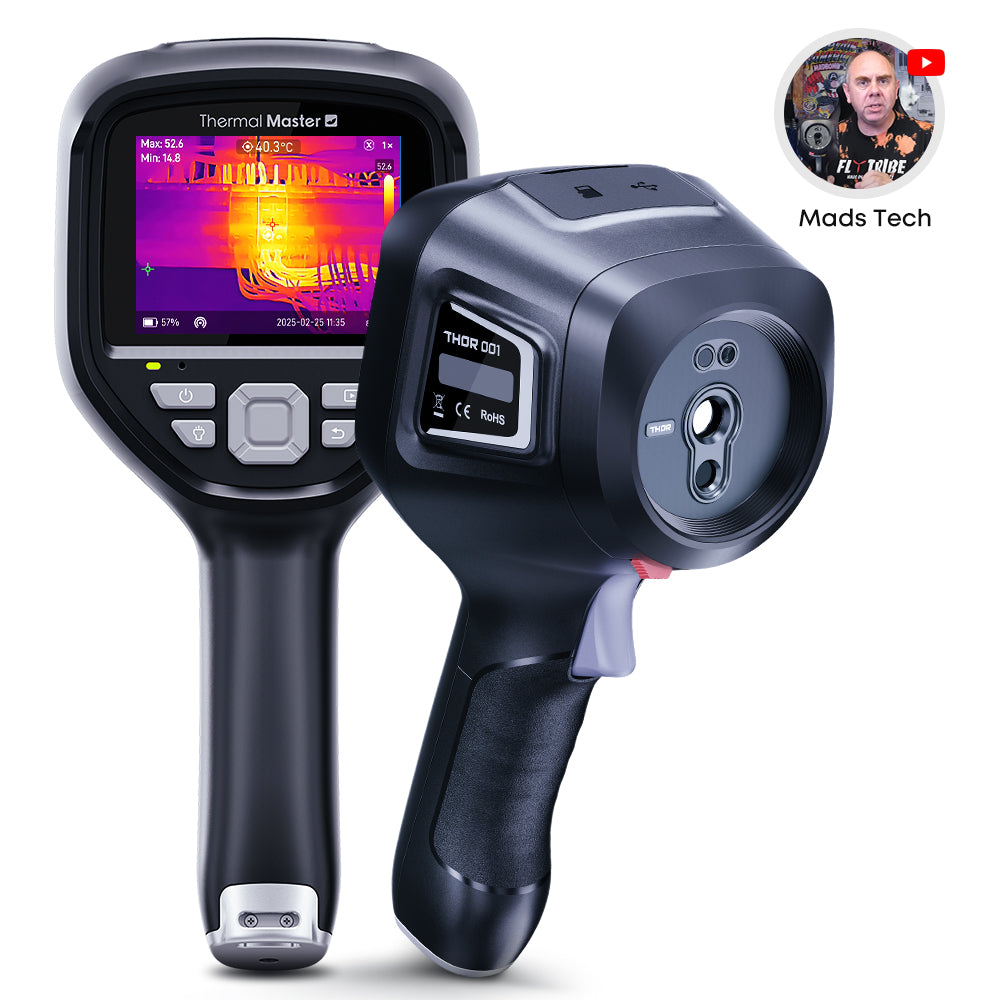


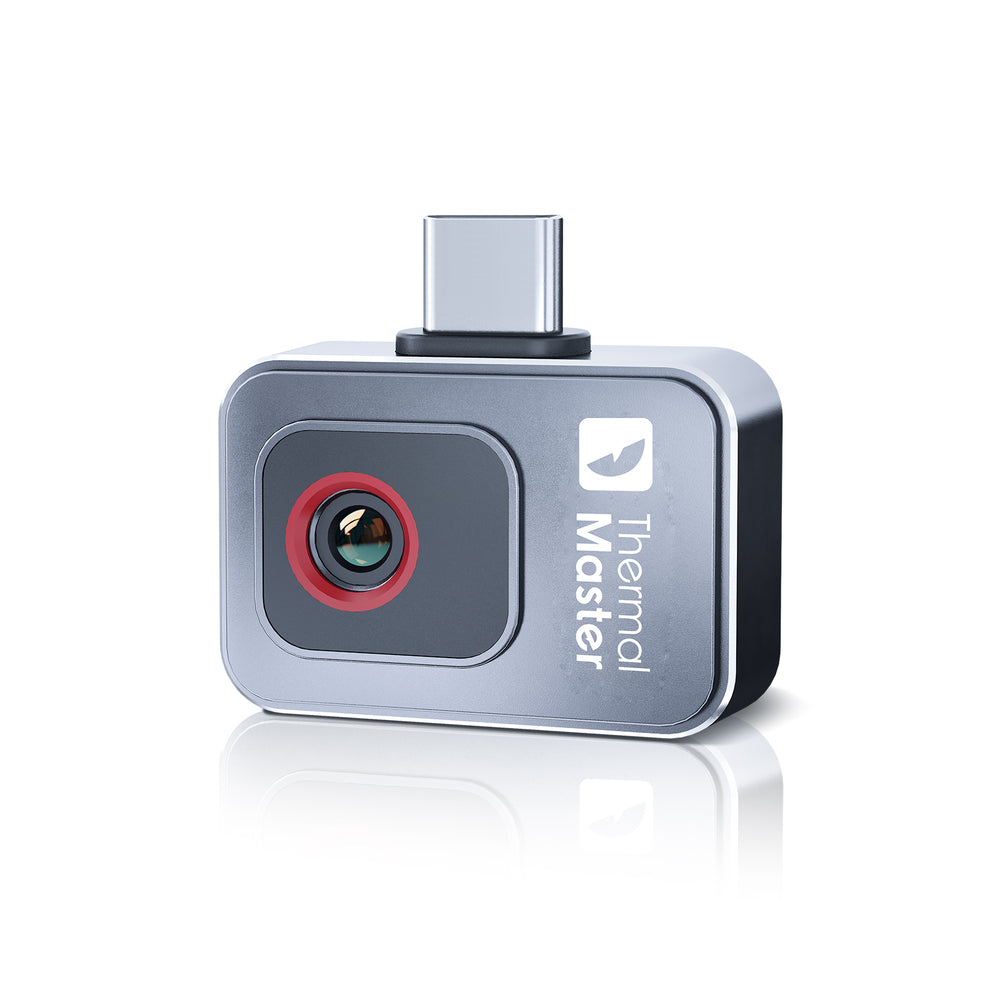
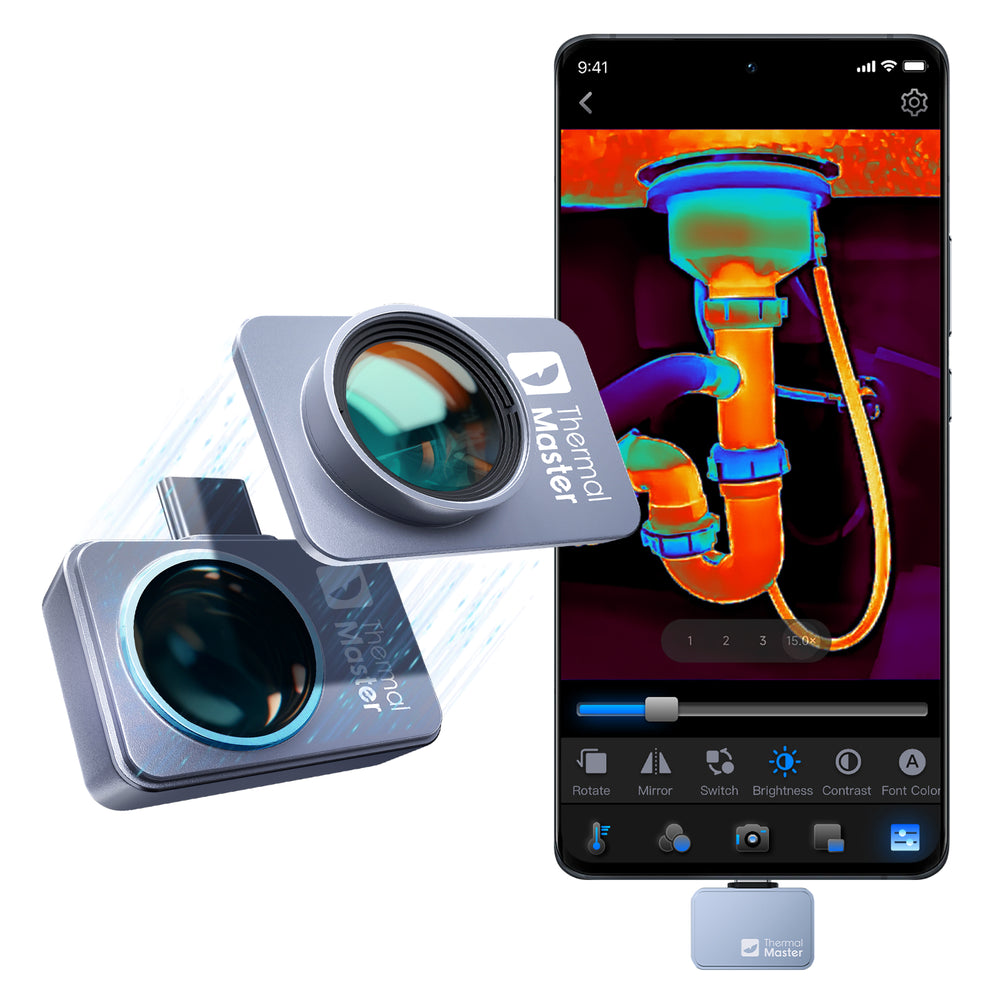
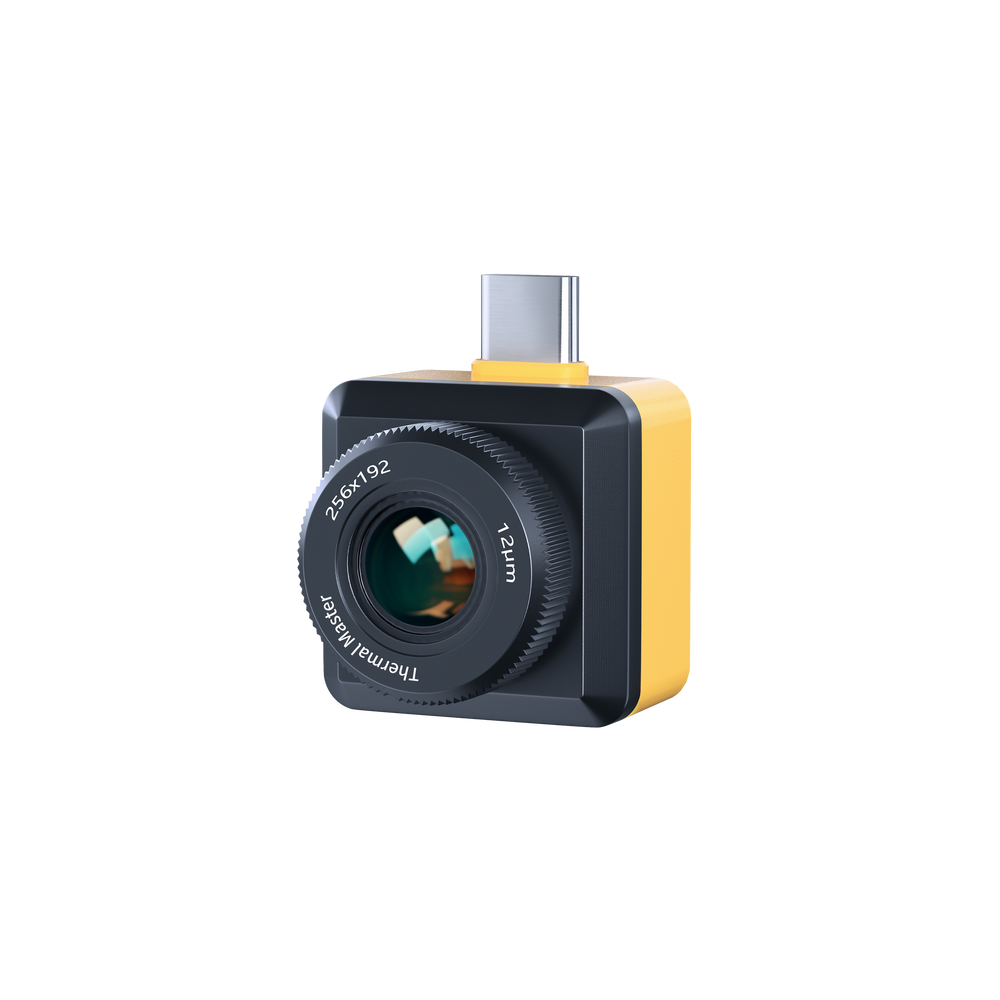
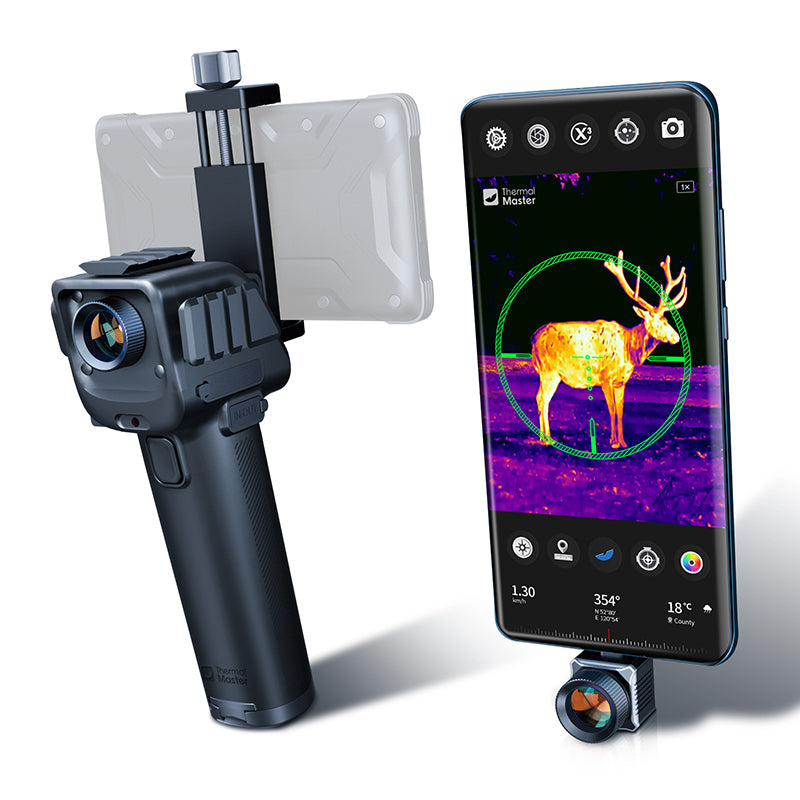
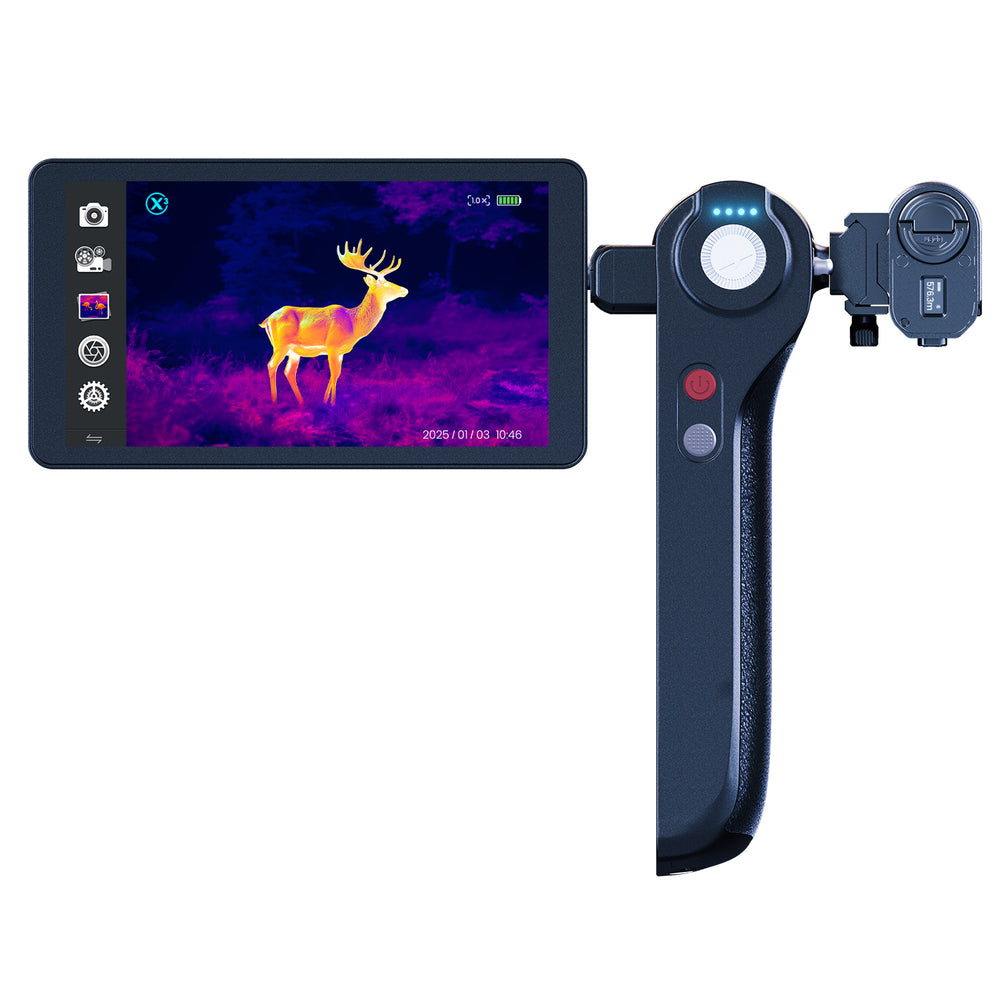
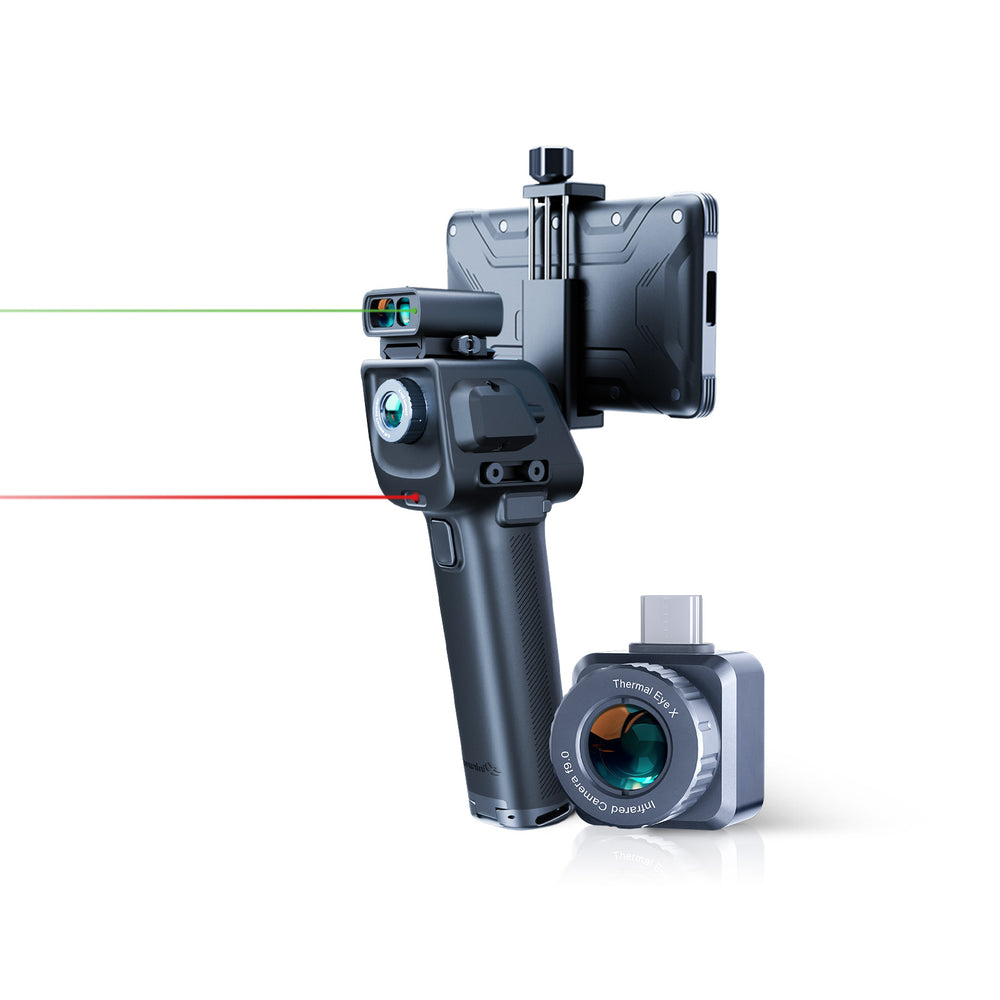
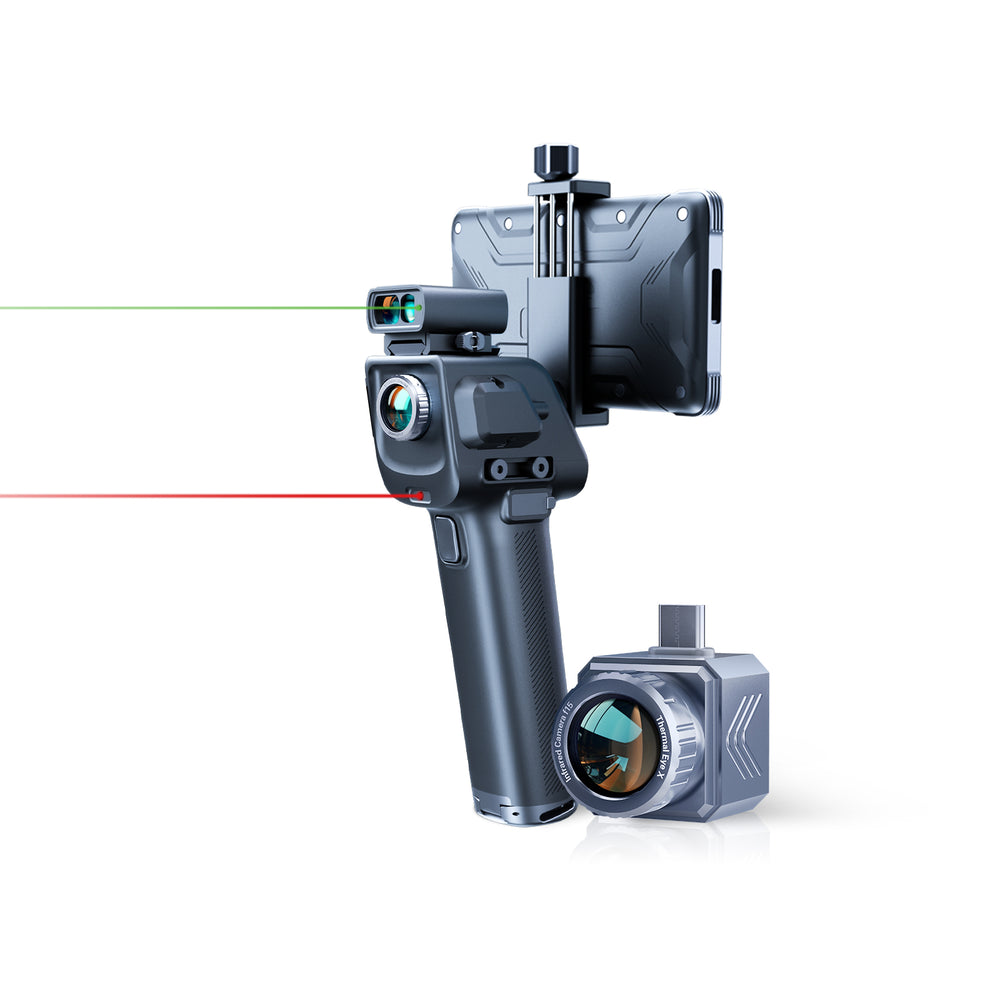
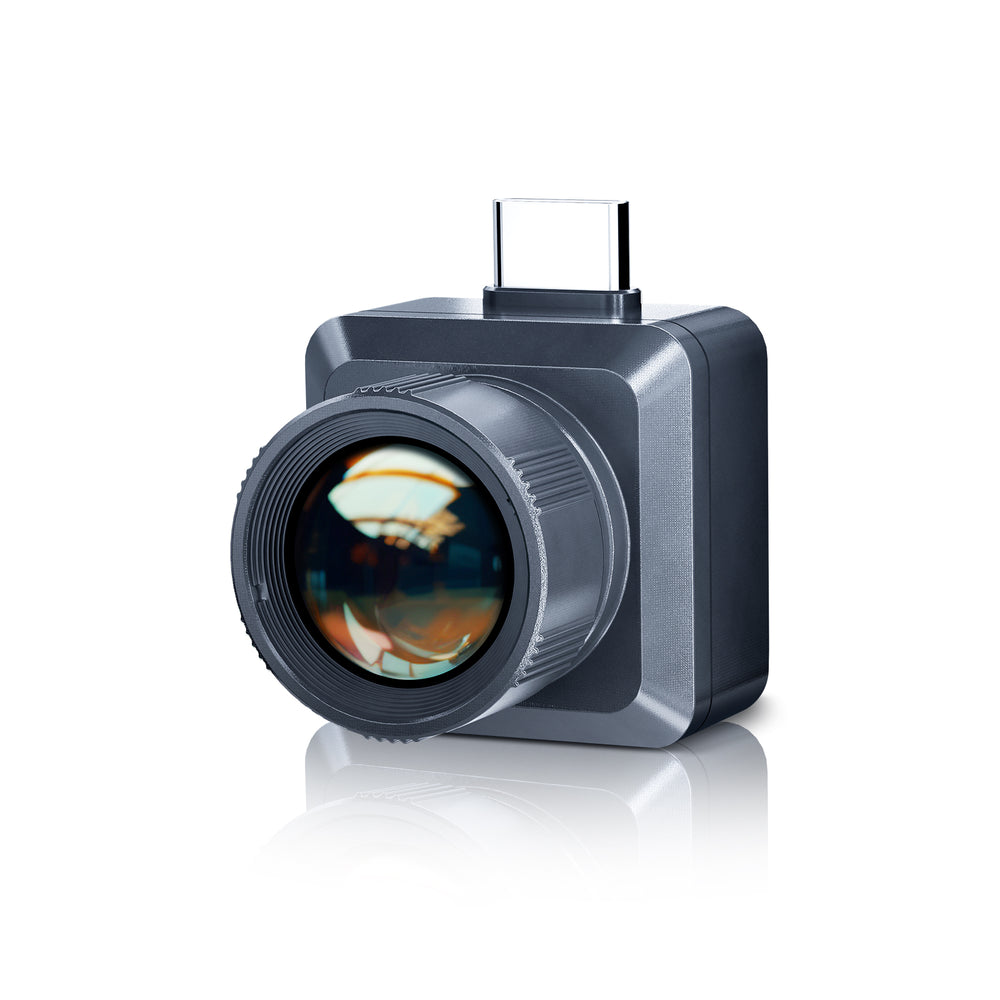
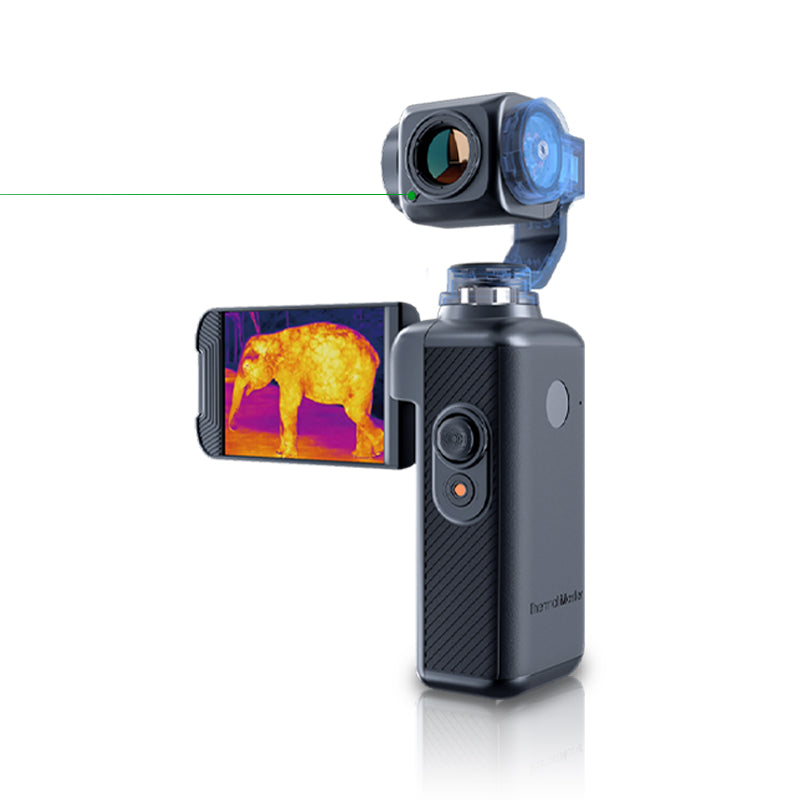
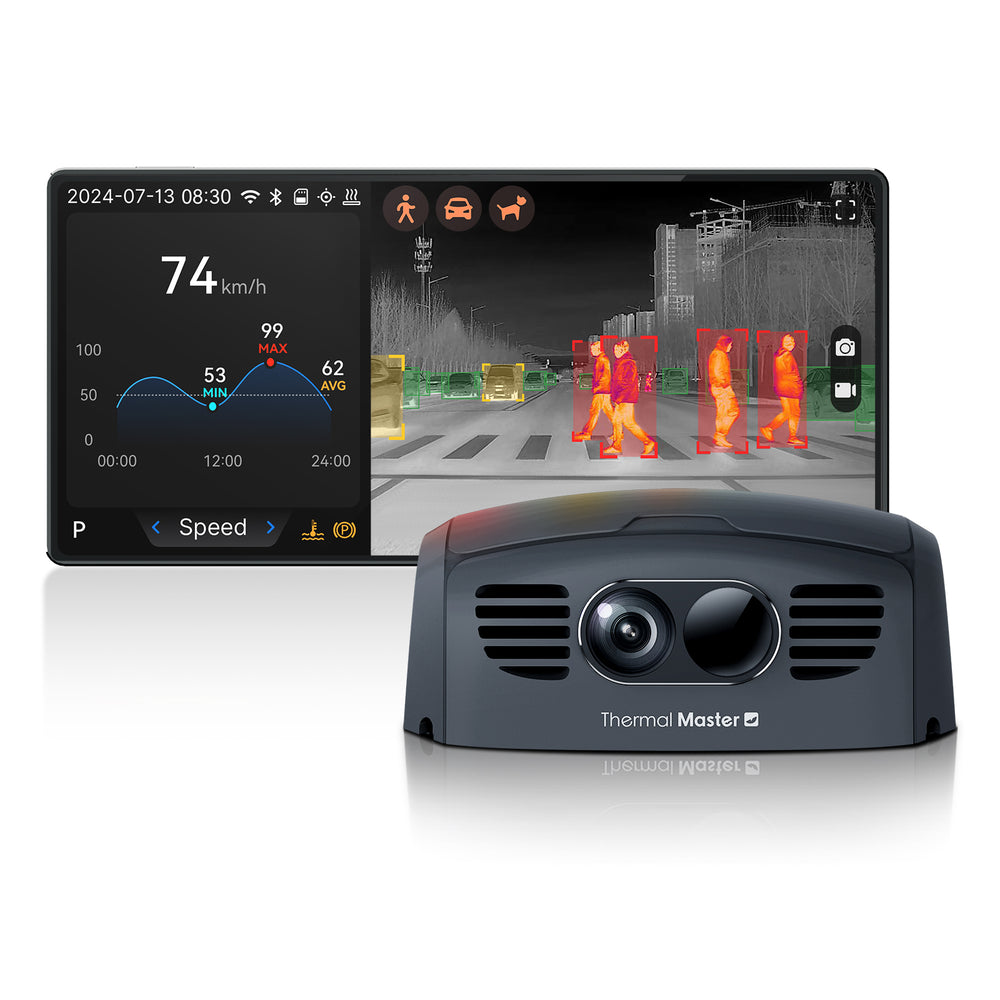
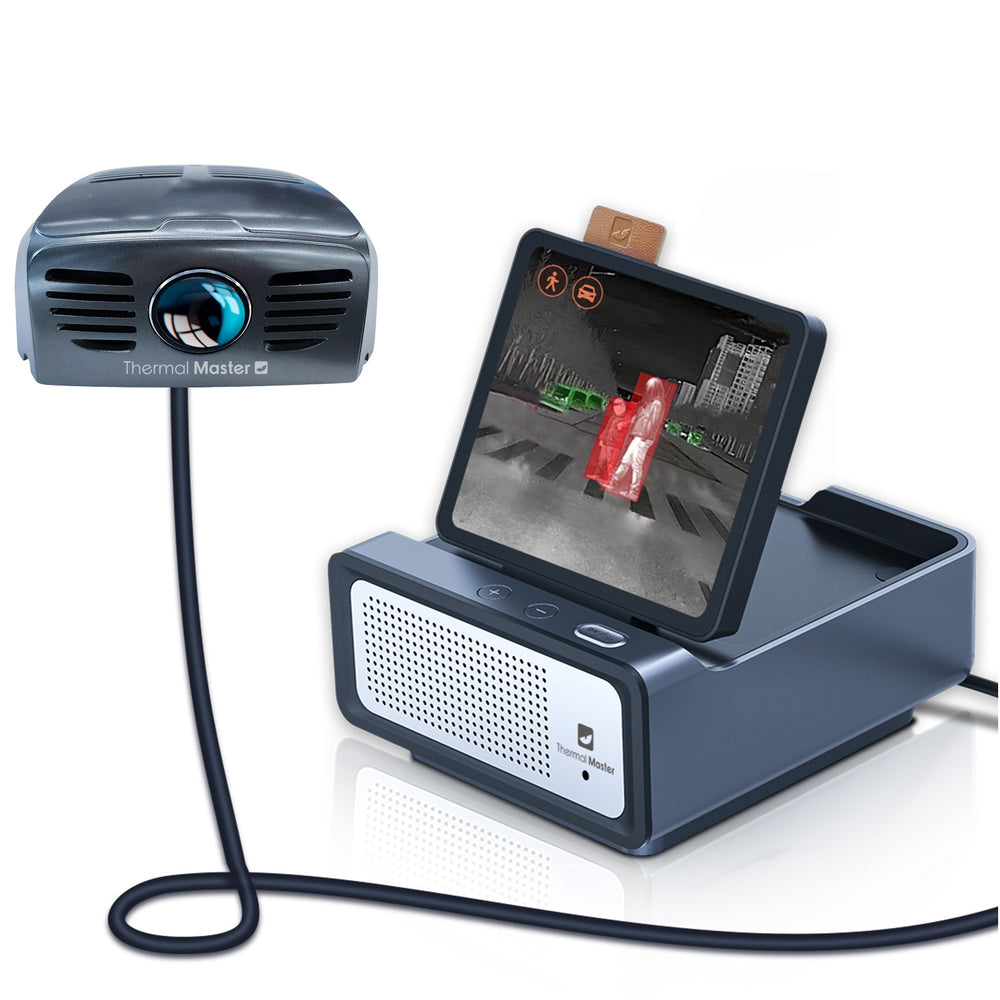
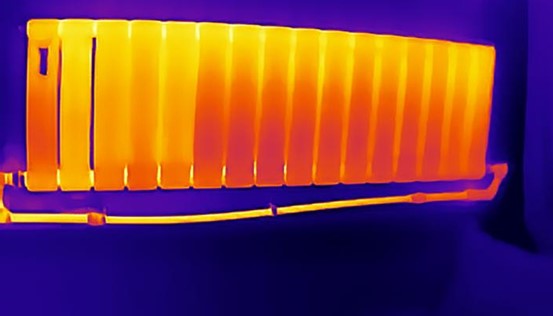

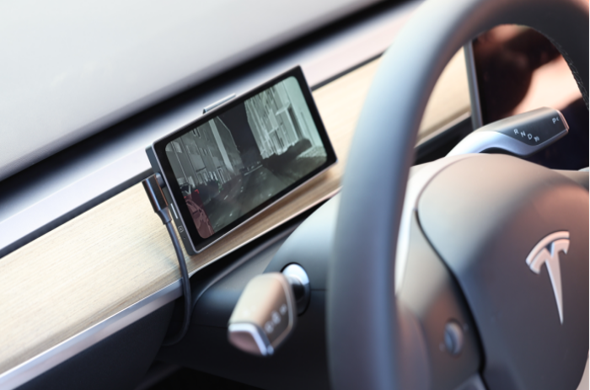
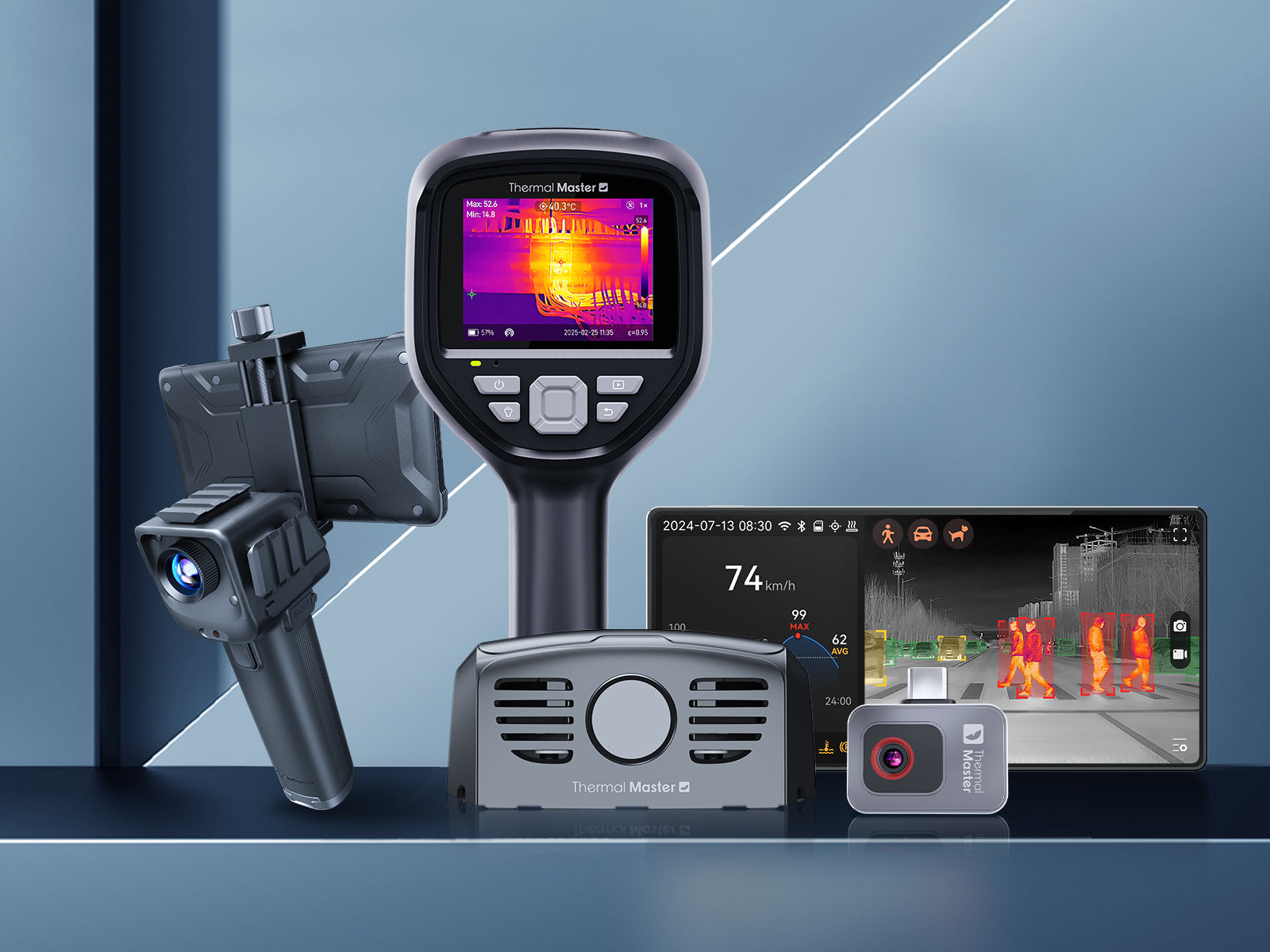
Leave a comment
All comments are moderated before being published.
This site is protected by hCaptcha and the hCaptcha Privacy Policy and Terms of Service apply.